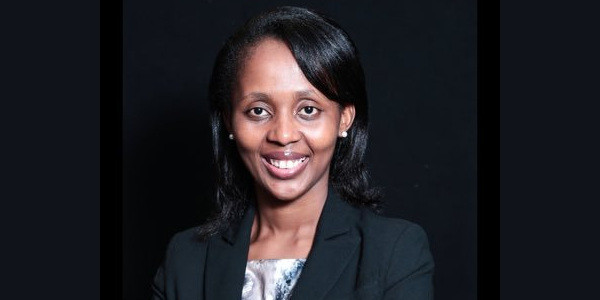In February this year we were in Nigeria and Ghana, where the macro outlook is improving.
Growth promises to be more balanced in Nigeria, where the services sector finally emerged from recession in the last quarter of 2017. We believe this signals that the consumer is at the cusp of a recovery, which is affirmed by improving consumer confidence, albeit off a low base. An accommodative policy environment – due to monetary easing and a step-up in government spending ahead of the February 2019 elections – should also support strong growth.
A stable naira, which we think is undervalued, and improved FX liquidity – on the back of a stronger oil price and recovery of production – has been integral to the improvement in confidence. This in part explains the fall of non-food inflation in 2017; however, food inflation was sticky. The central bank plans to cut interest rates when overall inflation falls into the low double-digits or high single-digits, from 15% in January. This may be delayed if fuel shortages and food supply constraints keep inflation elevated. Monetary easing will complement the government’s efforts to lower interest rates on treasury securities, and the government’s plan to lower debt servicing costs (from c. 60% of tax revenue), by increasing the foreign debt share of public debt from 20% to 40% by 2019.
The budget deficit is likely to come in wider than the initial proposal of 1.4% of GDP, by our estimate, in part due to the implementation of a minimum wage in 3Q18. We expect it to come in at 2-3%, which is well within the 3% of GDP, which recommended to sustain macro-economic stability.
Ghana’s budget deficit may be wider than that of Nigeria, but, in our view, its fiscal adjustment has been remarkable. Ghana’s budget deficit fell to 6% of GDP, from 9% in 2016; the government plans to bring it down further to 4.5% in 2018. We think it is noteworthy that the economy recorded strong growth of c. 8% despite this adjustment.
Ghana’s fast-growing GDP will be revised up in May (vs US$46bn in 2017E), following a rebasing exercise; the upward revision will be smaller than the 60% announced in 2010 after the previous exercise. Planned maintenance work at the Jubilee oil field is likely to shut-in production for some weeks in 2018, which implies some softening in growth to 6-7% in 2018.
Ghana’s fiscal adjustment has helped inflation slow and is likely to fall into the central bank’s 6-10% target range in 2018, vs 10.3% YoY in January. We think this means scope for a further two-percentage points cut in the policy rate, from 20%, after falling 5.5 percentage points in 2017. Lower interest rates should support the nascent recovery in credit growth, which has been undermined by high NPLs in the banking system, in part due to the energy-related debt of state-owned enterprises. The recent raising of capital via energy bonds to help clear the NPLs supports a pick-up in lending to the private sector.
Ghana’s power situation has improved, but challenges remain. An estimated 900 MW of power is projected to come on stream by 2019-2020. While supply has improved, electricity remains very expensive. Ghana’s electricity tariffs are three times higher than that of Nigeria, according to a senior manager in Ghana’s power industry – this is in part because about half of Ghana’s electricity is generated using fossil fuels, whereas (cheaper) gas-fired plants dominate in Nigeria.
Author: Yvonne Mhango is a sub-Saharan Africa economist for Renaissance Capital.



